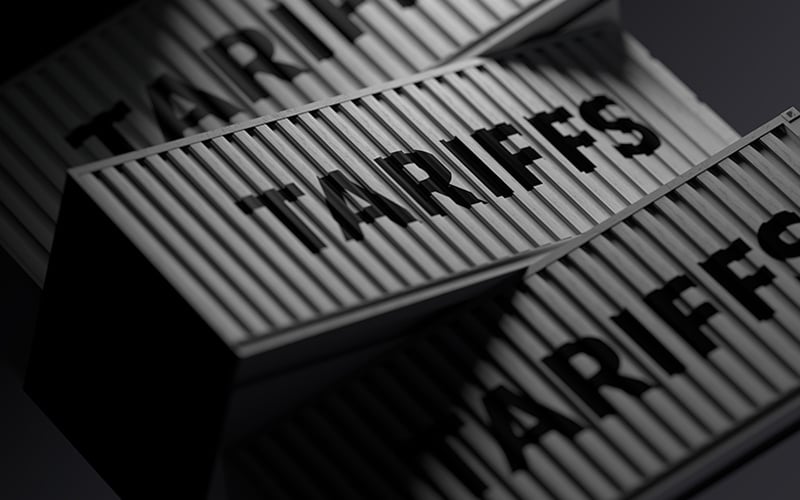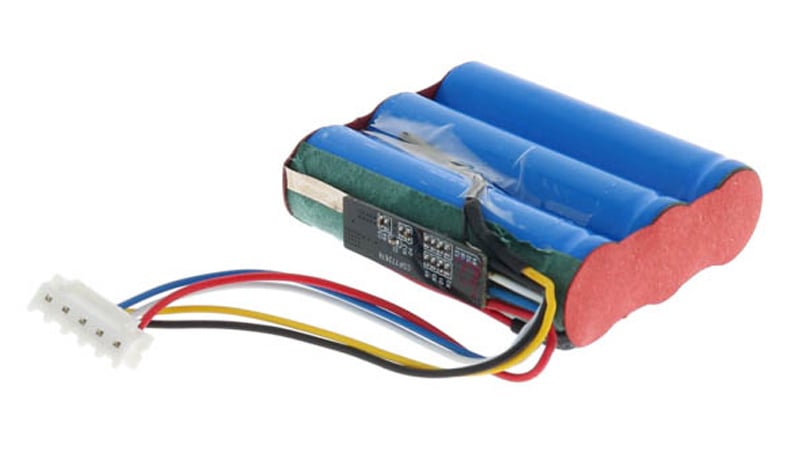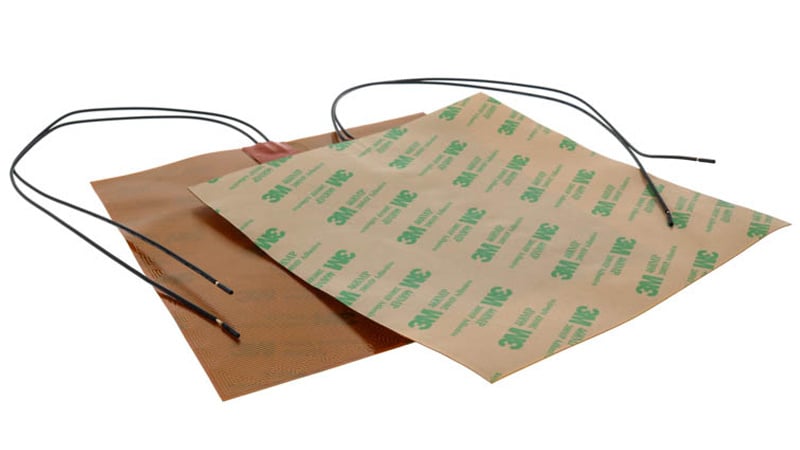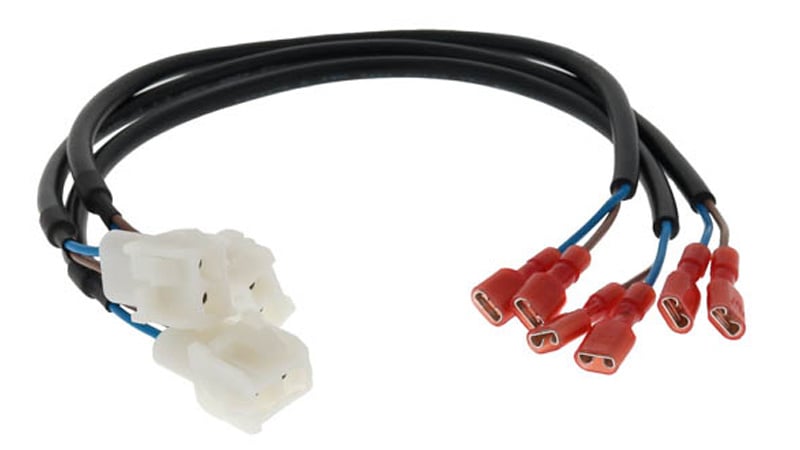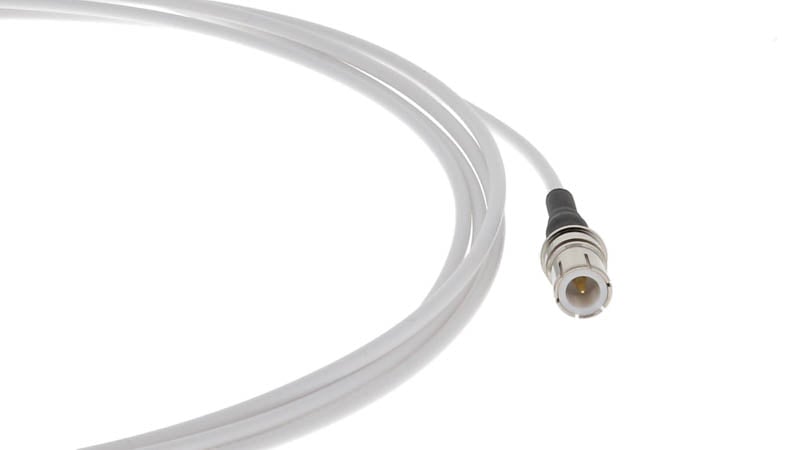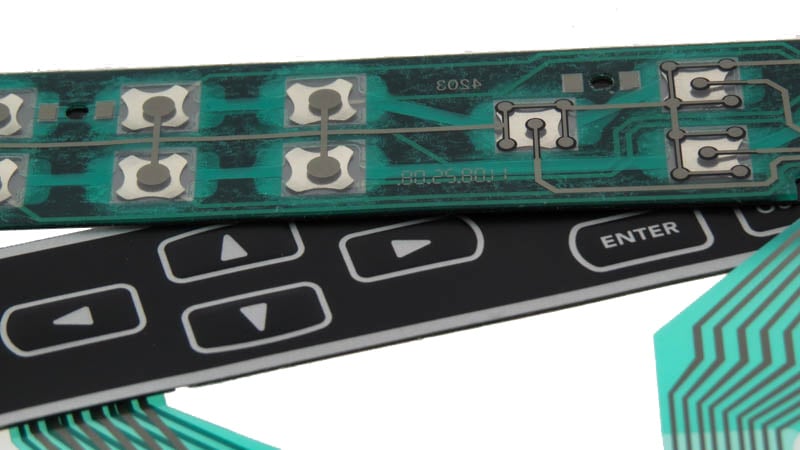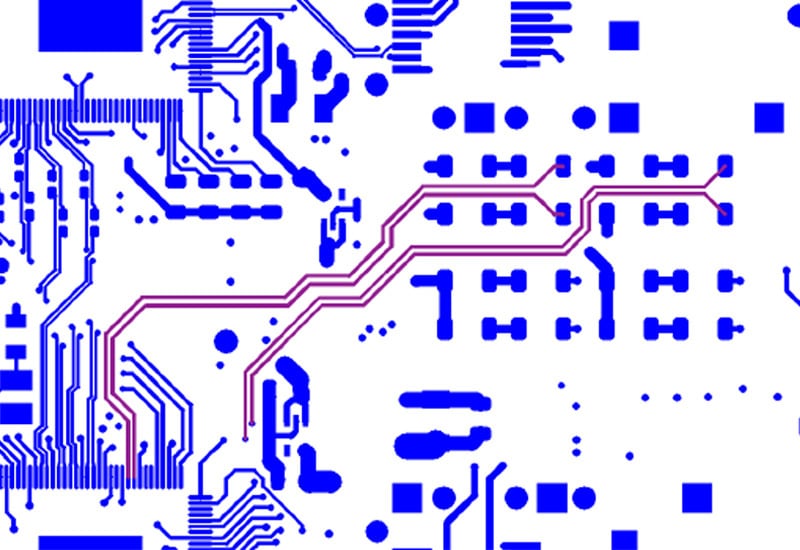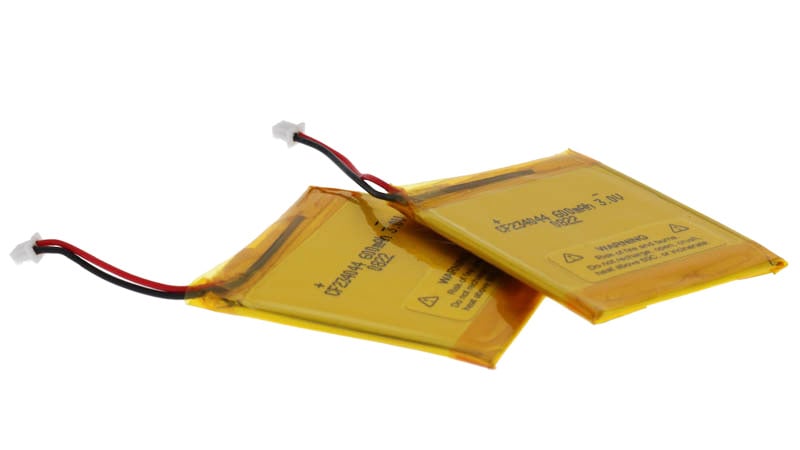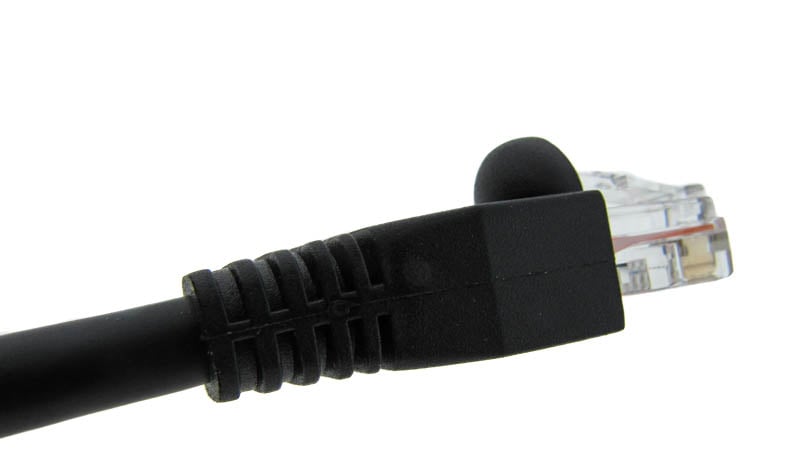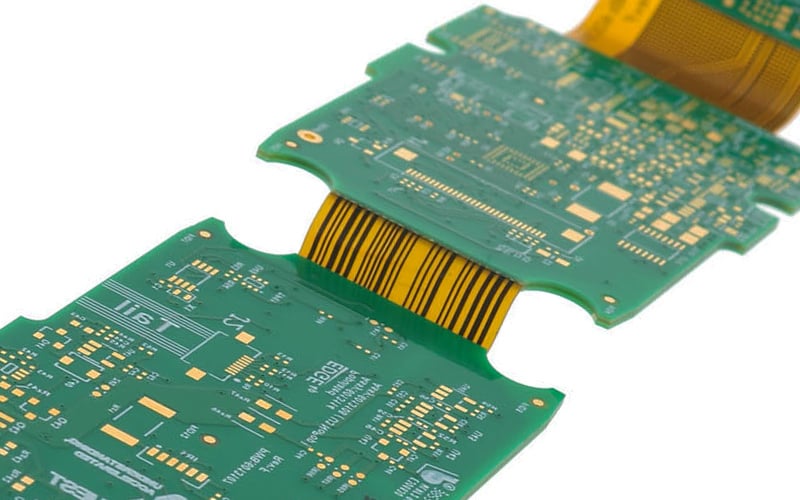If you've noticed unexpected fees on your recent invoices, especially on custom electronic products imported from China, you're not alone. These charges are not arbitrary; they stem from a series of U.S.-government-imposed tariffs that directly affect the global electronics supply chain.
Battery packs are designed to have fixed capacities and voltages to power specific applications for a required length of time before recharging. To transfer this power to the device, connectors, and interfaces are required to form the connection between the battery cells and the devices, as well as with the chargers.
Flexible Heaters are great examples of how far we’ve come in terms of discrete and efficient ways of heating. Silicone, polyimide, and polyester heaters alike share a common method of heat transfer: conduction. That is the key term for these heaters as they transfer heat by touching the surface of what you want to heat up.
In the evolving world of electronics manufacturing, the materials used to build custom cable assemblies have a direct impact on the performance, durability, and overall reliability of the end product. There are numerous types of materials used, from metals to plastics and from finishes to coatings, with each playing a vital role in how the cable functions and enabling it to meet a wide range of requirements.
RF cables are used in applications that require ultra-high-speed data and information to be transferred, specifically covering electromagnetic radio frequencies from 3kHz to 300GHz. These frequencies may consist of satellite communication, Wi-Fi, and cellular signals as well as AM/FM radio and analog/digital television.
Membrane switches are a widely used interface technology, offering a cost-effective, highly reliable, and customizable solution for user input applications. These switches are found in industries ranging from medical devices to industrial controls, where durability and functionality are paramount.
In today’s digital and electronic world, with higher frequency electronics and the miniaturization of devices, it is becoming increasingly important to effectively control the electrical signals in the high-speed printed circuit boards used.
Devices are becoming smaller and lightweight. To power these applications, customers are seeking battery packs that are compact while providing efficient energy. Compact batteries are found in a variety of applications, from smartphones to medical devices. These batteries provide consistent power and a long lifespan.
The telecommunication industry is the foundation of global connectivity, enabling seamless communication through wired and wireless systems. While cutting-edge wireless technology like 5G and satellite TV often steals the spotlight, wired telecommunication remains indispensable for its reliability and performance.
At the conclusion of our webinar, Designing Flex and Rigid-Flex PCBs to Prevent Failure, we had several questions submitted to our presenter, Zachary Walker, Product Manager of Flex and Rigid-Flex Circuits at Epec. We have compiled these questions into a readable format on our blog.


